It’s hard to imagine a world where the art of careful observation didn’t feel thrilling—where paying close attention to the tiniest clue wasn’t the mark of a genius. But then along came Sherlock Holmes. With his deerstalker hat and razor-sharp eyes, Sherlock didn’t just solve crimes; he made observation and evidence downright electrifying. Suddenly, the world was abuzz with talk of footprints in the mud, the glint of a wedding ring, the curious whiff of a rare tobacco. Holmes didn’t just change detective fiction—he opened up a new way of seeing the world, one magnifying glass at a time. Today, his influence extends far beyond foggy London streets, reaching into classrooms, crime labs, and the wildest corners of nature. Let’s dive into how this fictional detective set off a chain reaction that still shapes our love for science, discovery, and the search for truth.
The Birth of a New Kind of Detective
Before Sherlock Holmes, detectives in literature were often bumbling or relied on luck. Holmes was something else entirely. He used logic, deduction, and above all, an eagle-eyed attention to detail. He made observation feel like a superpower, and suddenly readers everywhere wanted to see the world through his lens. His creator, Arthur Conan Doyle, based Holmes on real medical diagnosticians, blending fiction and scientific inquiry in a way that had never been done before. This changed not just stories, but what we expected of detectives and even scientists. The world wanted more than just guesses—they wanted proof.
The Power of Observation in Everyday Life
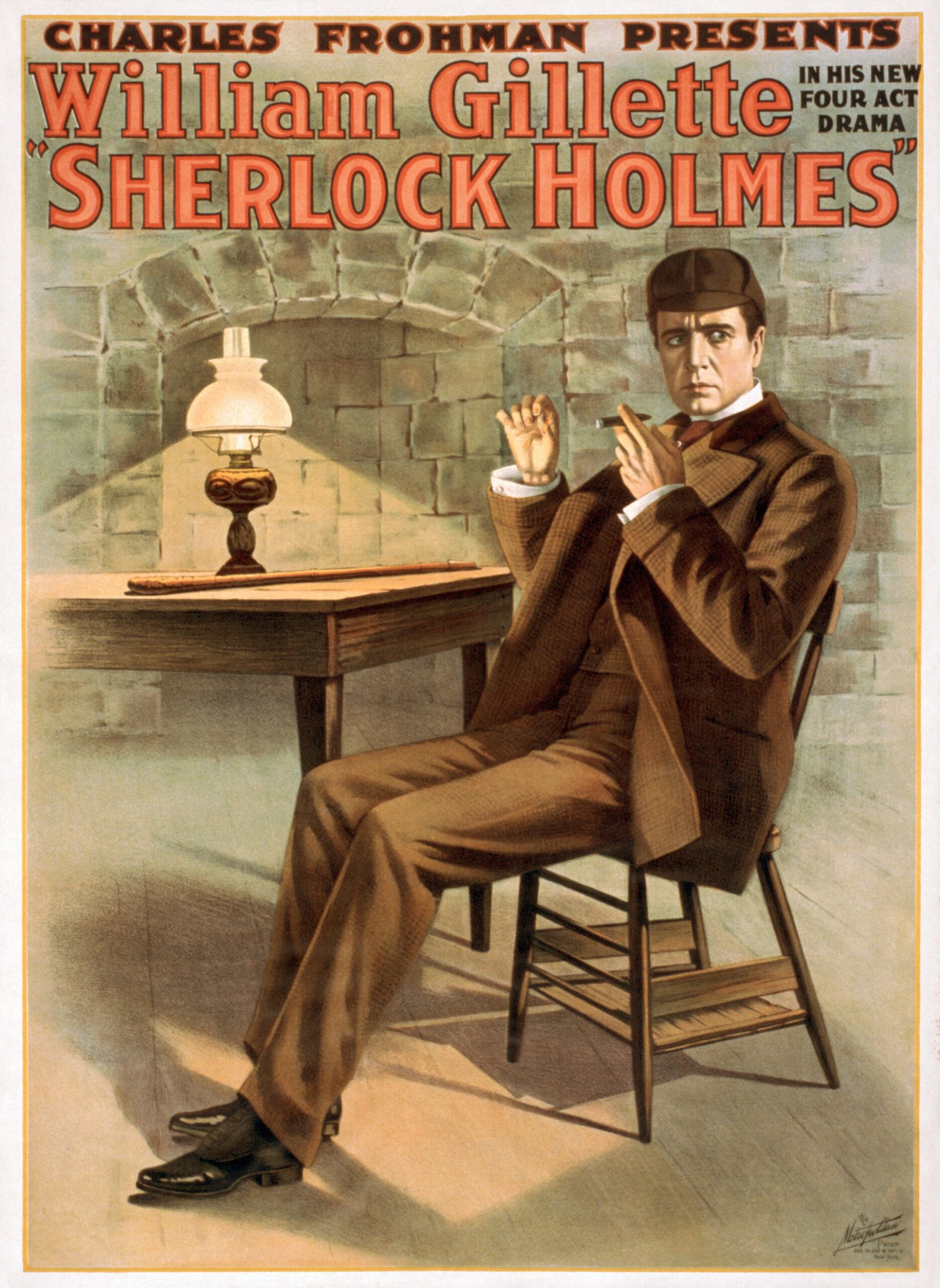
Sherlock Holmes’s most enduring legacy might be the idea that anyone can become a better observer. Holmes could spot a speck of dust, a wrinkle in a sleeve, or a faint scent and immediately deduce a person’s story. While most of us aren’t solving murders, this skill of noticing the small things can make us better at everything—from reading a friend’s mood to catching a mistake at work. In a world crammed with distractions, Holmes reminds us that focus and attention are rare gifts. It’s a lesson that rings true whether you’re a scientist in a lab or just trying to find your lost keys.
Science Takes Center Stage

Holmes never relied on superstition or wild guesses. Instead, he turned to chemistry, fingerprints, and even early forensic techniques. This scientific approach was revolutionary for its time, making readers realize that real answers came from evidence, not intuition. Today, science education often uses Holmes as an example for teaching observation, hypothesis, and experimentation. In classrooms, students are encouraged to “think like Sherlock”—to gather data, ask questions, and test ideas. This method doesn’t just solve crimes; it powers the engines of research, discovery, and progress.
From Imagination to Innovation
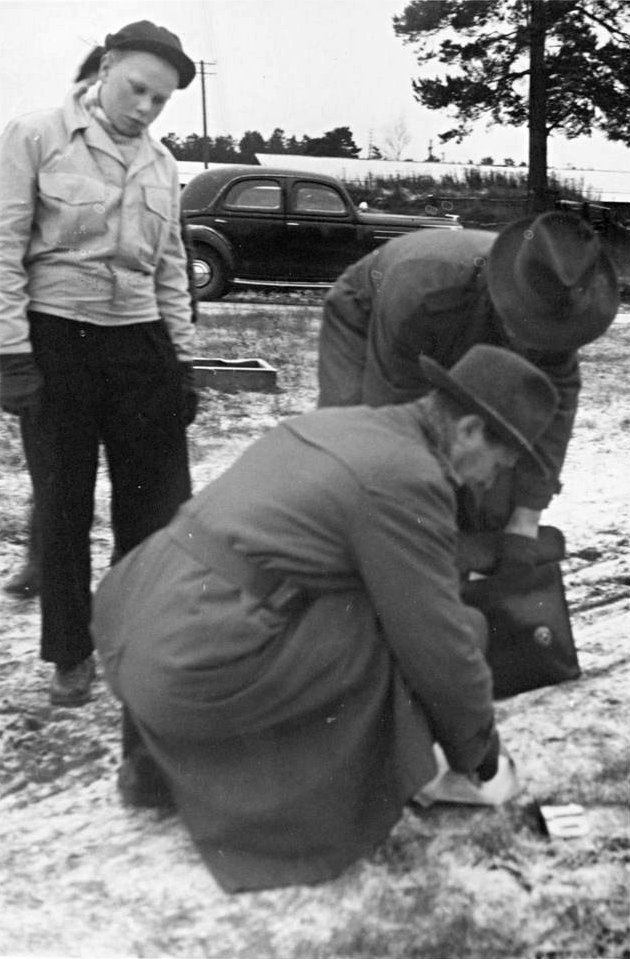
It’s amazing how a fictional detective inspired so much real-world change. Holmes’s methods led to genuine innovations in forensic science. Police forces worldwide began to adopt fingerprinting, chemical analysis, and careful crime scene documentation—all things Holmes did in fiction long before they became standard practice. The line between what’s imagined and what’s real blurred, and suddenly, detectives and scientists were working together in ways nobody had predicted. Holmes didn’t just inspire stories; he inspired technologies and careers.
The Ripple Effect: Inspiring Generations

Ask a scientist, detective, or even a birdwatcher what first sparked their passion for observation, and many will mention Sherlock Holmes. His adventures made the hunt for clues feel like a grand adventure. Teachers use Holmes to inspire curiosity in students, and his influence can be seen in everything from popular TV shows to scientific experiments. The idea that anyone can unlock the secrets of the world, just by paying close attention, is a powerful message that keeps echoing through generations.
The Curious Mindset: Embracing the Unseen
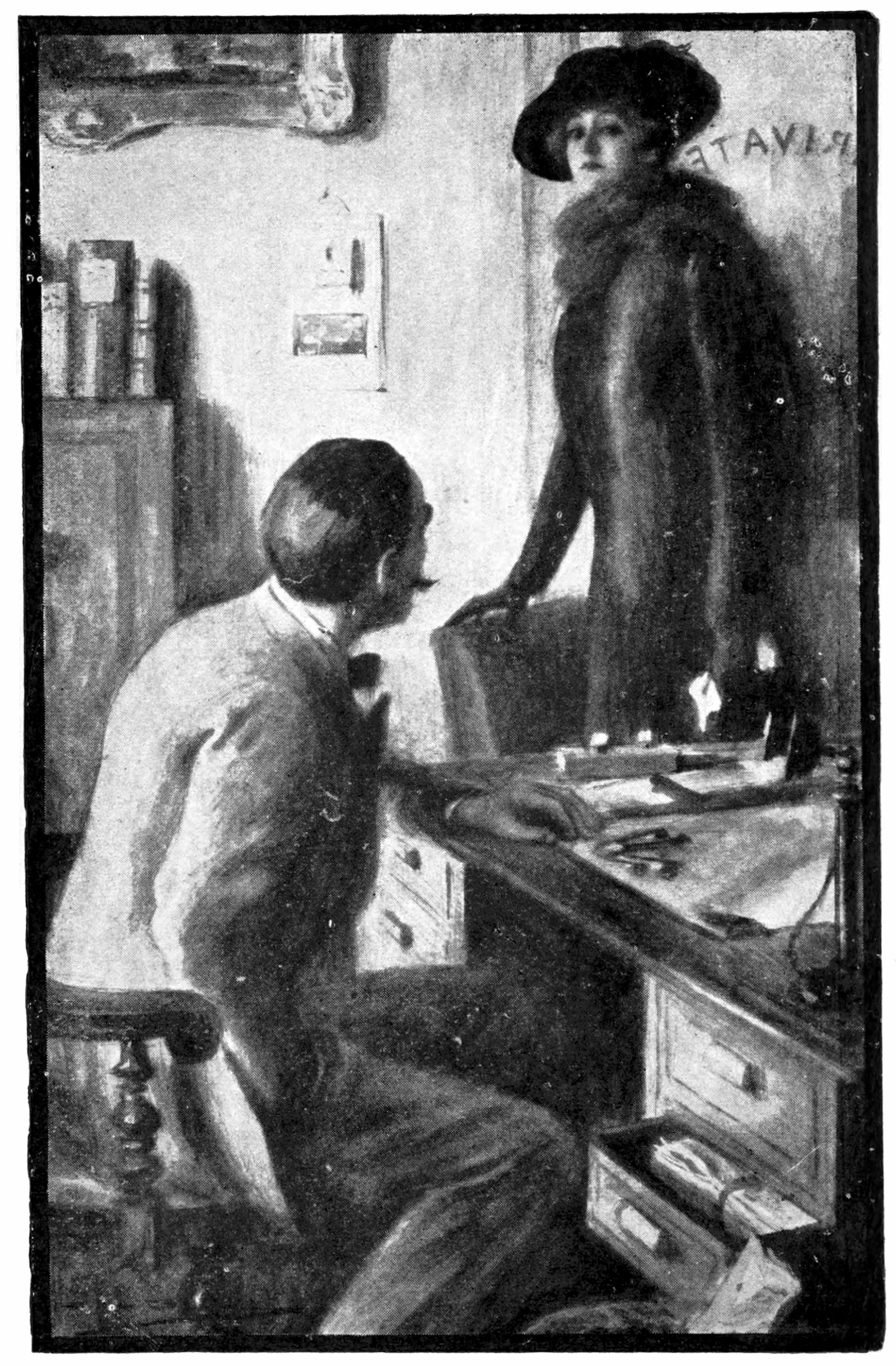
Holmes’s approach wasn’t just about what was in plain sight—it was about what others missed. He taught readers to look past the obvious and search for hidden truths. This mindset is the heart of scientific discovery. The greatest breakthroughs often come from noticing something small and asking, “Why?” Whether it’s a biologist spotting a new species or an astronomer finding a faint star, the Holmesian approach is all about daring to look closer, ask questions, and never settling for surface answers.
Observation as a Form of Art

For Holmes, observation was almost poetic. He could look at mud on a shoe and paint a vivid portrait of a person’s journey. This blend of science and artistry is what makes observation so appealing. In the lab, a scientist must notice subtle color changes or faint smells. In nature, a botanist recognizes rare plants by tiny differences in leaves. Becoming a keen observer is about learning to see the world’s hidden patterns—seeing what others miss and finding beauty in the details.
The Evidence Revolution
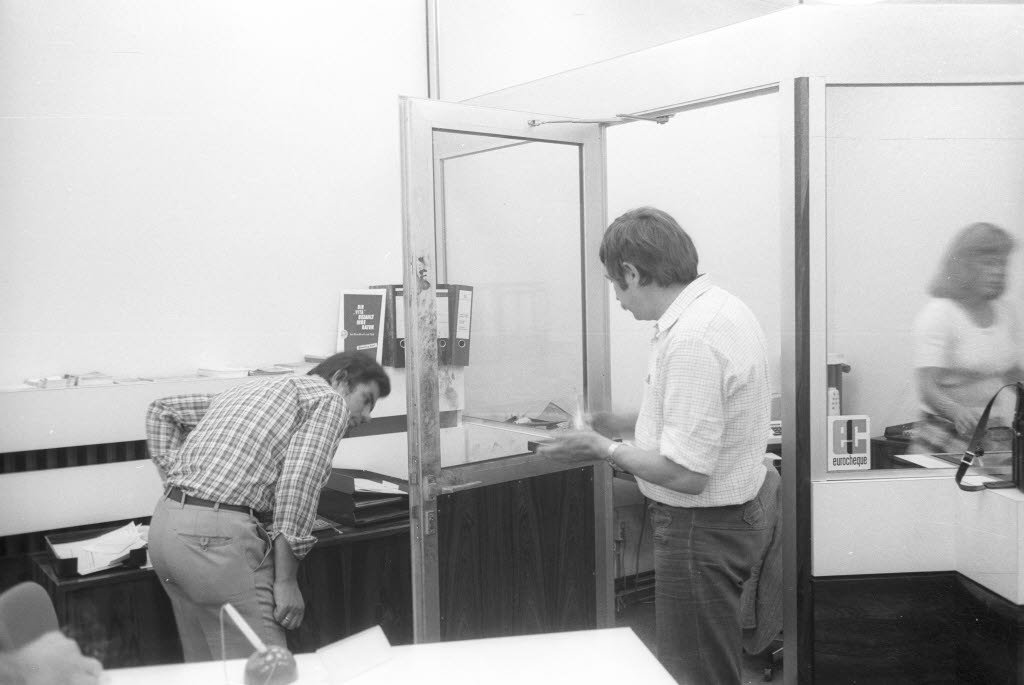
Holmes’s relentless demand for evidence changed the way people thought about proof. In real-life courts and laboratories, evidence is now the gold standard. Holmes’s influence can be seen in the rise of forensic science, where facts and physical proof replace confessions and assumptions. This revolution has made justice more reliable and scientific progress more robust. When you hear about DNA evidence or trace analysis solving crimes today, you’re seeing Holmes’s legacy in action.
Nature’s Detectives: Watching the Wild

The Holmesian spirit isn’t just for crime scenes—it’s alive in the natural world too. Field biologists, ecologists, and wildlife trackers use observation to unravel the mysteries of animal behavior and ecosystems. Tracking footprints in the mud, just like Holmes, helps scientists understand migration patterns. Birdwatchers note subtle markings that reveal rare species. In this way, the detective’s toolkit becomes the scientist’s, turning every walk in the woods into a thrilling investigation.
Learning to See: Training the Brain
Observation isn’t just a talent—it’s a skill that can be honed. Holmes famously claimed, “You see, but you do not observe.” Modern cognitive science backs him up: training your brain to focus on details can actually change the way you perceive the world. Exercises like memory games, drawing, or even mindfulness practices help sharpen this power. For many, reading Holmes’s stories was the first step in learning how to really look at the world, not just drift through it.
From Fiction to Fact: The Birth of Forensics

Long before police departments had crime labs, Holmes was using chemical tests and microscopes. His fictional exploits inspired real scientists to develop tools like blood typing, ballistics analysis, and even early forms of DNA testing. The field of forensic science grew from these humble beginnings into a global powerhouse, solving cold cases and bringing justice to the innocent. Holmes didn’t just predict the rise of forensics—he helped invent it, in the minds of readers and inventors alike.
The Psychological Edge: Understanding People
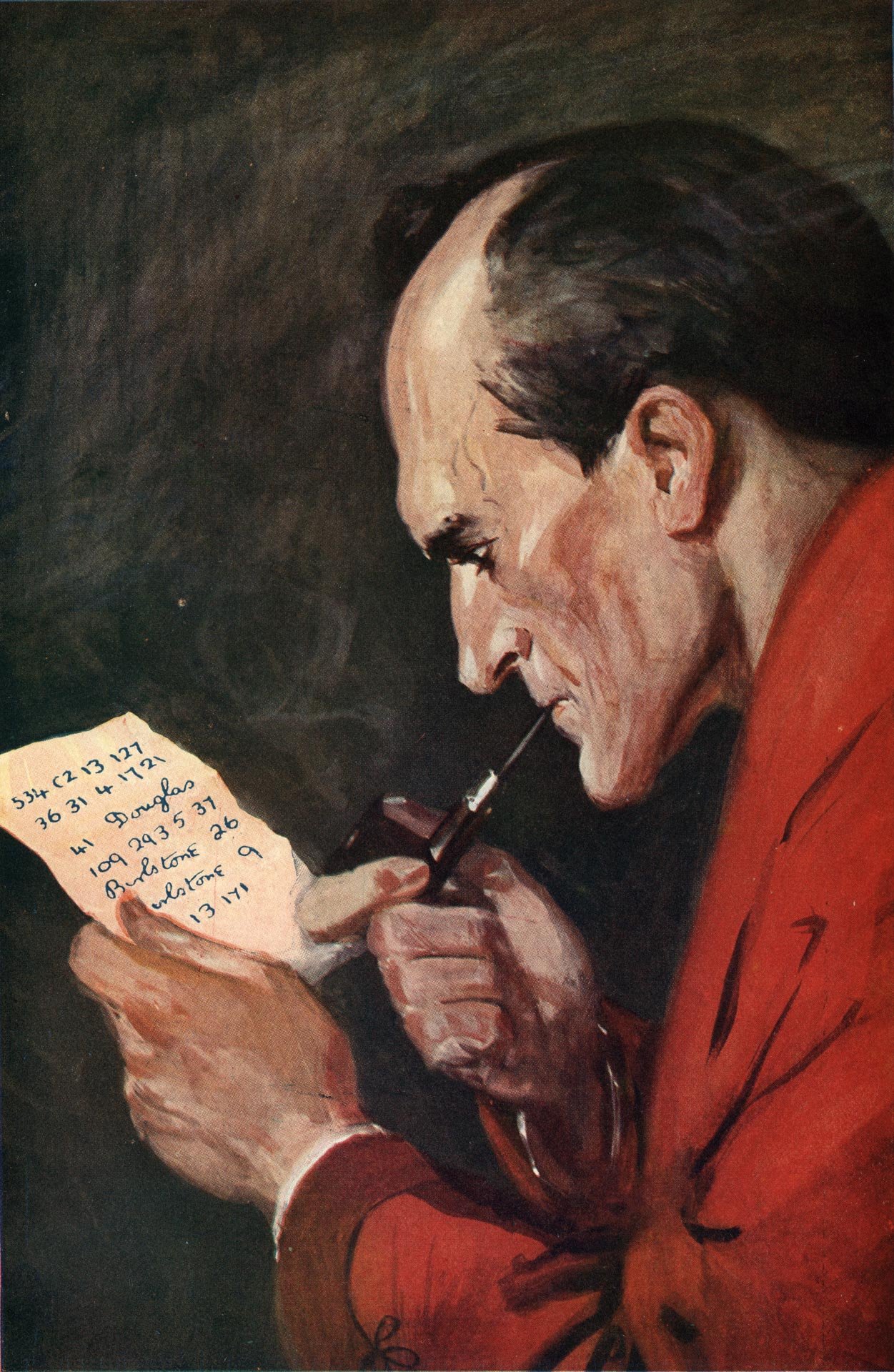
Holmes wasn’t just a master of physical clues—he was a keen psychologist. He read body language, speech patterns, and even slips of the tongue. This ability to “read” people isn’t just useful for detectives; it’s a valuable life skill. Psychologists and negotiators alike have borrowed Holmes’s techniques to better understand motives and emotions. The lesson is clear: sometimes, the most important evidence isn’t physical at all—it’s hidden in plain sight, in the way people act and react.
Pop Culture’s Enduring Obsession
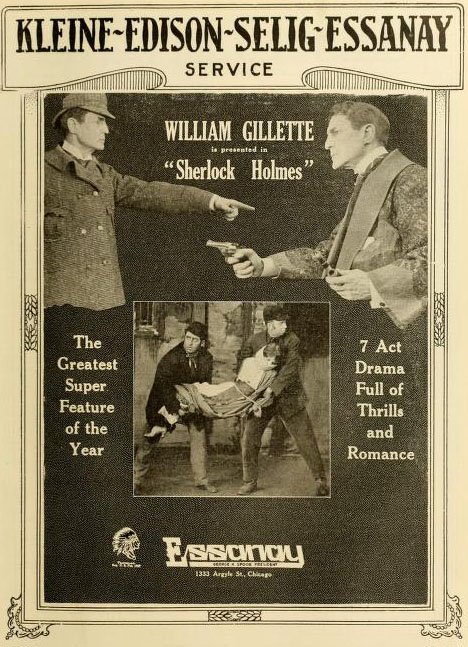
Sherlock Holmes has never gone out of style. From blockbuster TV shows to movies and video games, his image continues to evolve. Each new adaptation brings fresh excitement to the art of deduction, inspiring new generations to value logic and evidence. The language of Holmes—“elementary, my dear Watson”—has become shorthand for solving the unsolvable. It’s a testament to the character’s universal appeal, blending mystery with the thrill of discovery.
Children as Natural Detectives
Kids have a knack for asking why, poking at mysteries, and noticing things adults miss. Holmes’s adventures are a perfect match for this natural curiosity. Children’s books, science kits, and classroom activities often borrow Holmesian themes to encourage young minds to observe, question, and experiment. In a world that sometimes rushes by too quickly, Holmes reminds children—and their grownups—to slow down and look closer.
The Role of Imagination in Scientific Inquiry
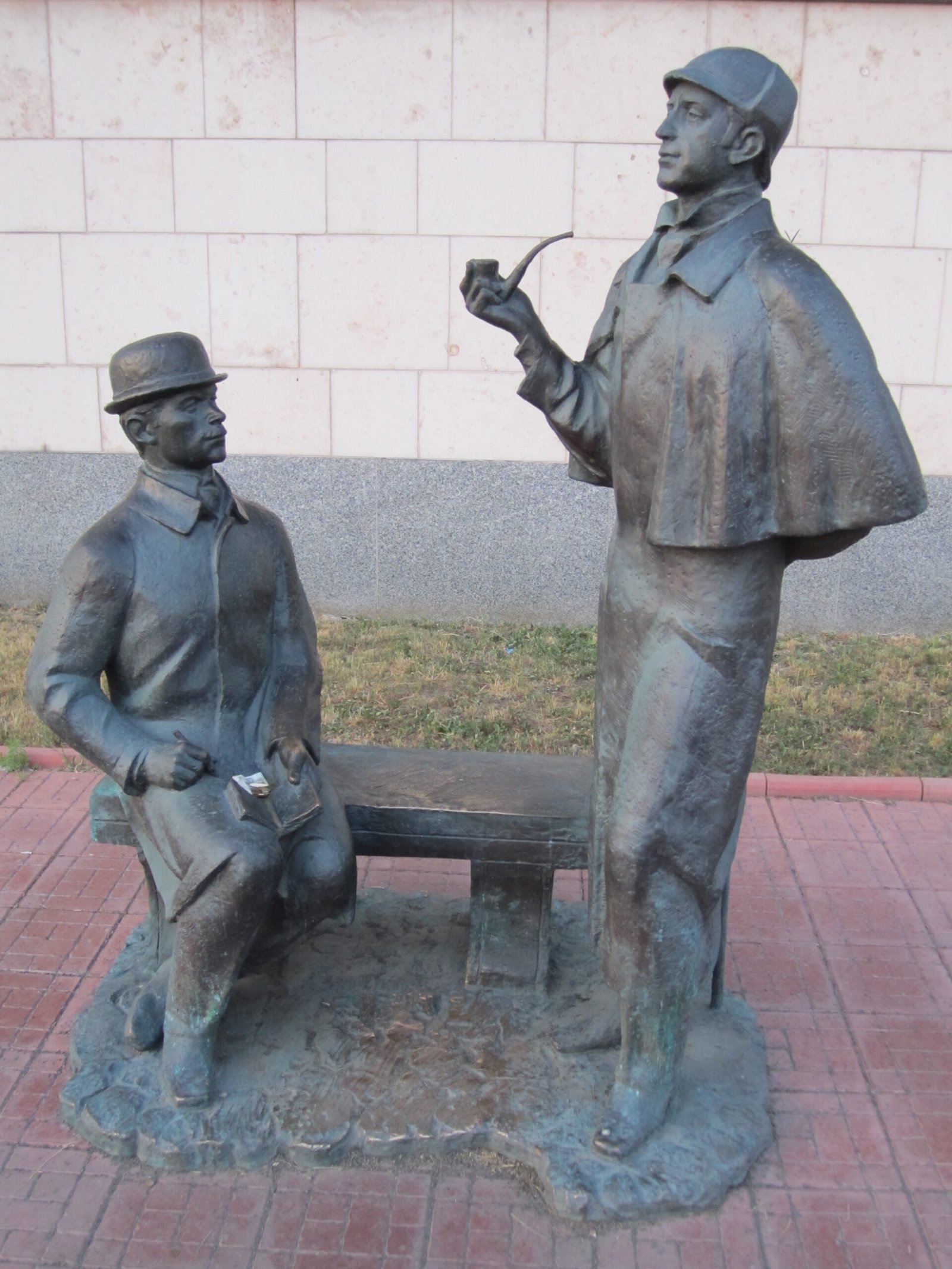
Observation and imagination aren’t opposites—they work together, just like Holmes and Watson. While evidence is crucial, it’s imagination that helps form new hypotheses and dream up experiments. Holmes often leaped from clues to wild-sounding theories, then tested them rigorously. Scientists do the same, turning a flicker of inspiration into a testable idea. The dance between what we see and what we imagine is where innovation truly happens.
Failures, Mistakes, and the Pursuit of Truth
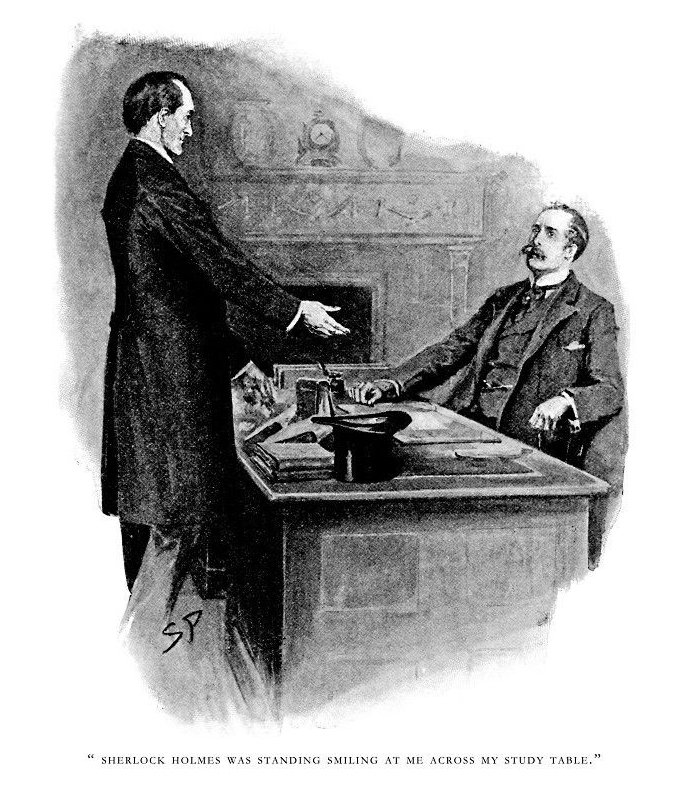
Holmes was brilliant, but not infallible. He made mistakes, sometimes spectacular ones. But he always learned from them, adjusting his theories to fit new evidence. This humility is at the core of scientific progress, too. Failure isn’t the end; it’s a step toward understanding. Holmes’s willingness to admit error and try again is a model for anyone seeking truth, whether in the lab, the field, or everyday life.
The Global Reach of Holmesian Science
Holmes isn’t just a British icon—his influence is worldwide. Scientists and detectives across continents have taken up his methods, adapting them to their own cultures and challenges. From Japan’s fascination with detective fiction to India’s real-life forensic breakthroughs, the Holmes effect is truly global. The language of observation and evidence crosses borders, reminding us that curiosity is a universal human trait.
Observation Beyond Sight: Listening and Sensing
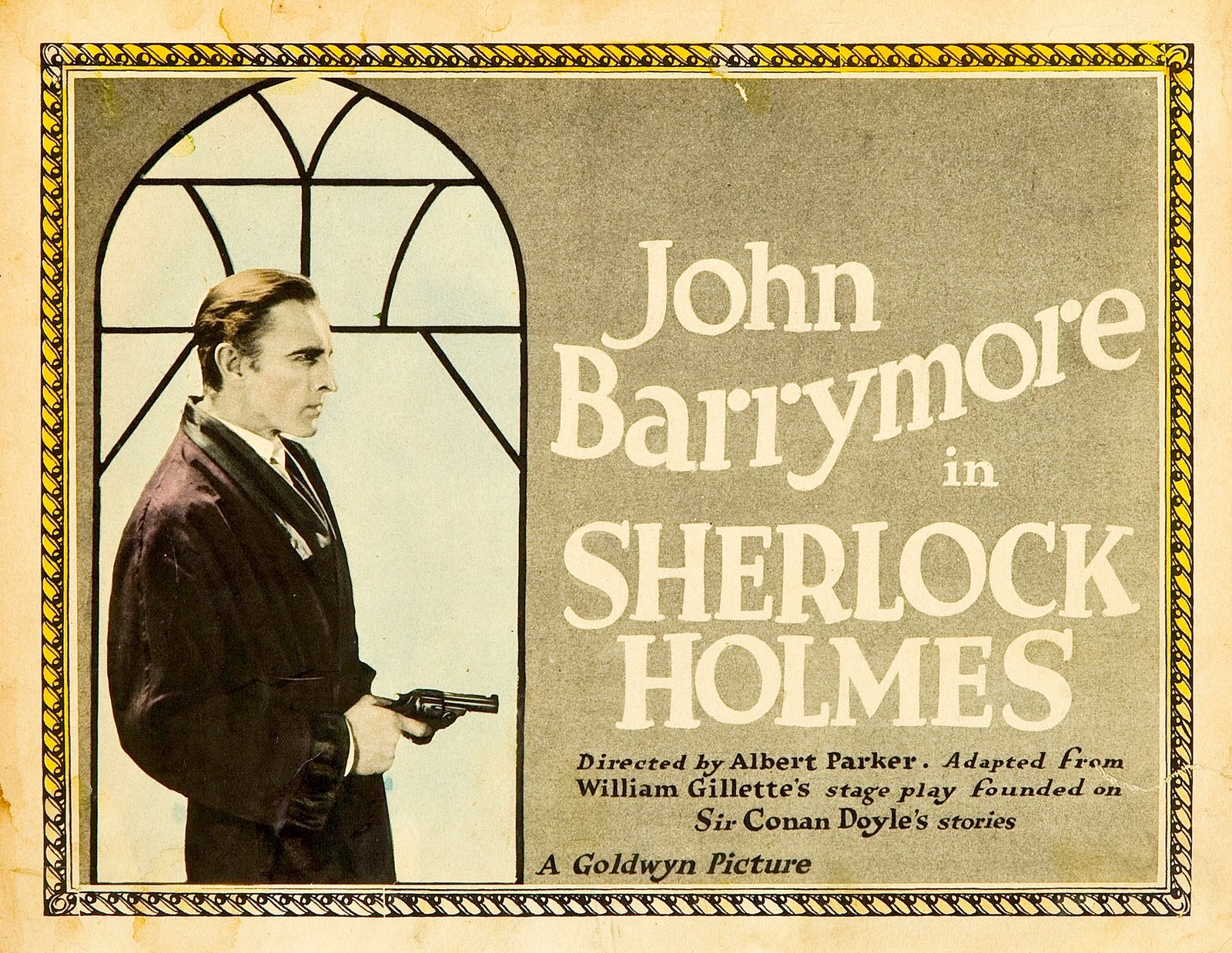
Observation isn’t just about what we see. Holmes often relied on sounds, smells, and even touch to gather clues. Modern scientists use all their senses in the field and the lab, from detecting faint chemical scents to listening for animal calls in the wild. Expanding our senses—using technology like microscopes or spectrometers—lets us observe things our ancestors could only dream of. Holmes reminds us to listen, sniff, and feel for the evidence all around us.
The Personal Magic of Paying Attention
There’s something magical about learning to pay attention. Holmes turned the everyday into something extraordinary, finding meaning in muddy footprints or a dusty book. This ability transforms the world from a blur into a tapestry of clues and stories. Whether you’re solving a puzzle, watching clouds, or just people-watching at a café, the joy of observation connects us to the world in deeper ways.
Carrying the Torch: Becoming Modern-Day Detectives

Holmes may be fictional, but his legacy is real. Every scientist, naturalist, and curious soul who looks closer, asks questions, and insists on evidence is carrying his torch. The spirit of Holmes is alive in labs, forests, classrooms, and city streets. It’s a call to notice more, to question boldly, and to let curiosity lead the way. Will you pick up the magnifying glass and see what others have missed?




